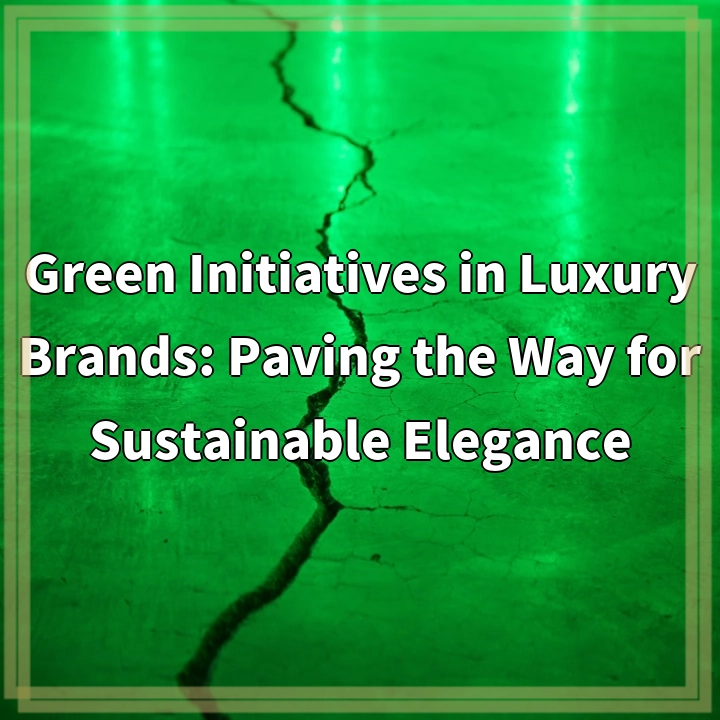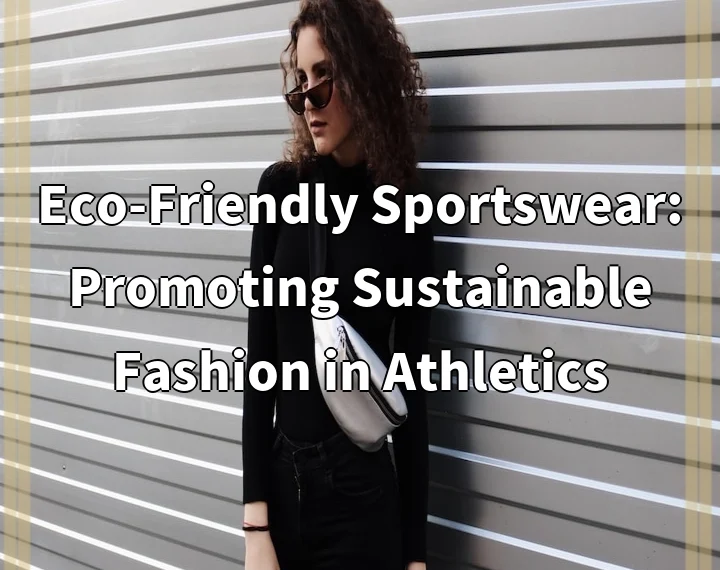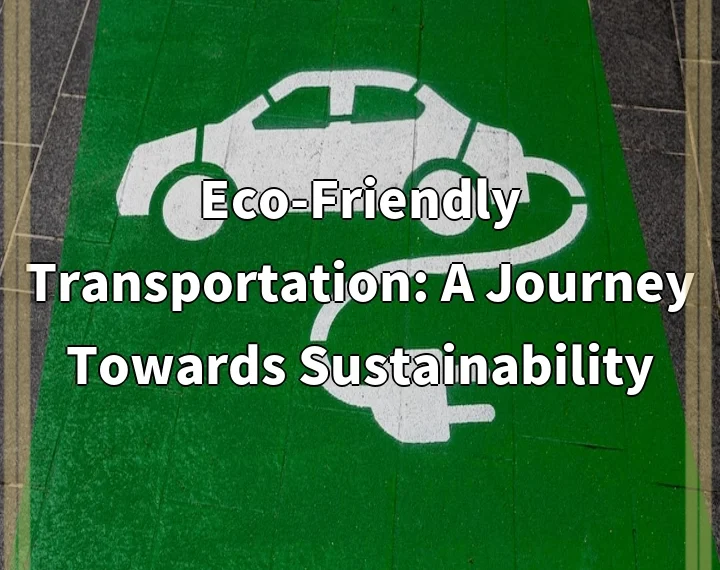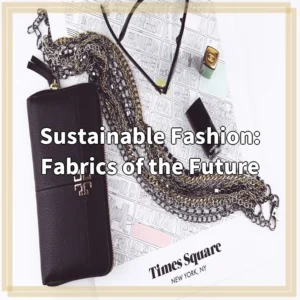
What it is:
Green initiatives in luxury brands refer to the strategies and practices employed by high-end companies to reduce their environmental impact and promote sustainability. As consumer awareness of environmental issues grows, luxury fashion and beauty brands are increasingly adopting eco-friendly practices in their operations, production processes, and supply chains. These initiatives may include using sustainable materials, implementing ethical labor practices, reducing carbon emissions, and adopting circular economy principles to minimize waste.
Key Aspects of Green Initiatives
Luxury brands often focus on transparency in their supply chains, eco-conscious sourcing of materials like organic cotton, recycled fabrics, and innovative materials such as lab-grown leather. Many brands are also embracing sustainable packaging and energy-efficient production methods. By prioritizing these green initiatives, luxury brands aim to appeal to environmentally-conscious consumers while also aligning themselves with global efforts to combat climate change.
Real-world problems
Despite the positive intentions behind green initiatives, several real-world problems complicate the implementation of sustainable practices in luxury brands. One major challenge is the lack of standardized metrics for measuring sustainability. Without universally recognized benchmarks, it can be difficult for brands to assess their environmental impact accurately and communicate it effectively to consumers.
Greenwashing Concerns
Another significant issue is greenwashing, where brands may exaggerate or falsely claim their sustainability efforts to appeal to eco-conscious buyers. This misrepresentation can erode consumer trust and undermine genuine efforts made by some brands toward sustainability. As luxury brands race to adopt green initiatives, distinguishing between authentic practices and mere marketing tactics becomes challenging for consumers.
Resource Constraints
Moreover, implementing green initiatives often requires substantial investment, which can be a barrier for some luxury brands. It might limit their ability to allocate resources toward developing sustainable practices, particularly smaller brands that may lack the financial backing of larger conglomerates. This economic disparity can result in uneven progress across the luxury sector, with only a few brands taking significant strides toward sustainability.
Impact on Craftsmanship
Luxury brands are also known for their exceptional quality and craftsmanship. However, integrating green materials and processes into traditional production methods can pose challenges. For example, some sustainable materials may not match the durability or aesthetic qualities of conventional materials, prompting concerns about maintaining the brand’s heritage and reputation for excellence.
In Conclusion
The journey toward achieving sustainable elegance in luxury brands is filled with challenges. As these companies navigate the complexities of implementing genuine green initiatives, they have the opportunity to lead by example and set a new standard in the luxury industry. By addressing real-world problems such as greenwashing and resource constraints, luxury brands can contribute to a more sustainable future without compromising their core values.

Solutions for Green Initiatives in Luxury Brands
To effectively implement green initiatives and tackle the corresponding challenges, luxury brands can adopt a multi-faceted approach that emphasizes transparency, authenticity, and innovation.
Establishing Standardized Metrics
One of the primary solutions is the establishment of standardized metrics for measuring sustainability. By collaborating with industry organizations and stakeholders, luxury brands can create universally recognized benchmarks that facilitate accurate assessment of environmental impact, aiding in clearer communication with consumers.
Enhancing Transparency and Authenticity
Luxury brands should prioritize transparency by disclosing their sustainability practices, sourcing methods, and production processes. Authentic storytelling about their green initiatives can help build trust. Engaging independently verified certifications can further validate their commitment, helping consumers distinguish between genuine efforts and greenwashing.
Investing in Sustainable Innovation
Investing in research and development for innovative sustainable materials and practices is crucial. Luxury brands can partner with startups and research institutions to discover groundbreaking, high-quality eco-friendly materials that maintain the craftsmanship and aesthetic integrity for which they are known.
Collaboration and Shared Resources
Smaller brands can benefit from collaboration within the industry. By sharing resources, knowledge, and best practices, luxury brands can collectively advance their sustainability efforts while minimizing costs. Industry coalitions and partnerships can drive innovation and set collective goals for sustainability.
Emphasizing Craftsmanship and Quality
Ultimately, luxury brands must remember to emphasize their commitment to quality alongside sustainability. By highlighting the craftsmanship involved in using sustainable materials and maintaining high standards, they can ensure that their products appeal to consumers who value both luxury and eco-consciousness.
Conclusion
By adopting these solutions, luxury brands can navigate the complexities of green initiatives, fostering a deeper connection with environmentally-conscious consumers while paving the way for a truly sustainable future in the luxury sector.















